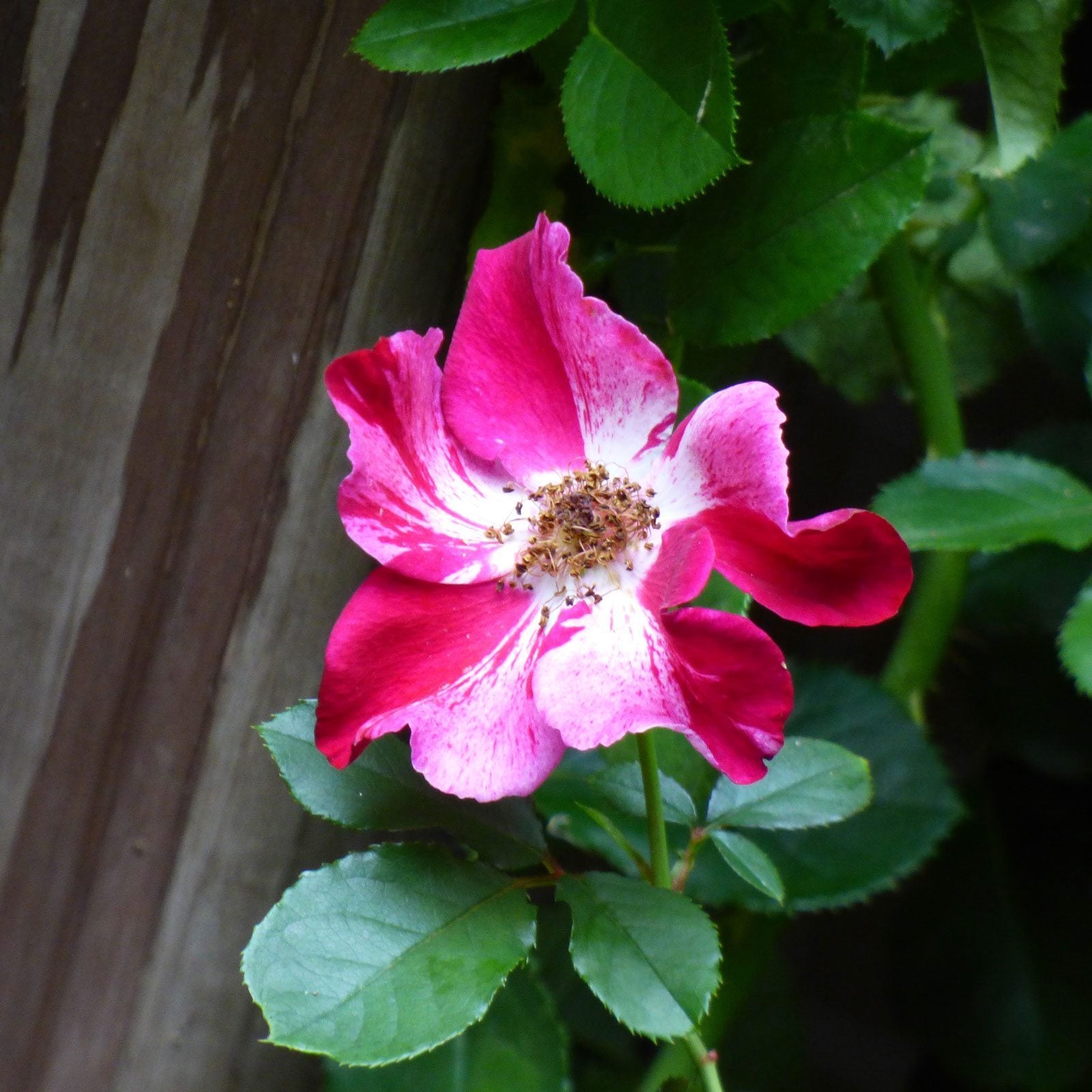Zone 8 Climbing Roses: Learn About Roses That Climb In Zone 8

Climbing roses are a striking addition to a garden or home. They are used to adorn trellises, arches, and the sides of houses, and some large varieties can grow 20 or even 30 feet (6-9 m.) tall with proper support. Subgroups within this large category include trailing climbers, ramblers, and climbers that fall under other groups of roses, such as climbing hybrid tea roses. Ramblers are the most vigorous climbing rose varieties. Their long canes can grow as much as 20 feet (6 m.) in one year, and the flowers appear on clusters. Trailing climbers are smaller but still capable of covering a trellis or arch, and they usually feature abundant flowers. For almost every color and flower characteristic that you can find in other roses, you can find the same among roses that climb. In zone 8, many climbing rose varieties can be grown successfully.
Zone 8 Climbing Roses
Climbing roses for zone 8 include the following varieties and many more: New Dawn – A rambler with light pink flowers, highly rated in rose trials at the Georgia Experiment Station. Reve D’Or – A vigorous climber that grows up to 18 feet (5.5 m.) tall with yellow to apricot-colored petals. Strawberry Hill – A recipient of the RHS Award of Garden Merit, this fast-growing, disease-resistant rambler produces fragrant pink blooms. Iceberg climbing rose – Abundant pure white flowers on a vigorous plant that grows up to 12 feet (4 m.) tall. Mme. Alfred Carrière – A tall, up to 20 feet (6 m.), very vigorous rambler with white flowers. Sea Foam - This disease-resistant trailing climber was rated as one of the best performing climbing roses by the Texas A&M Earth-Kind program. Fourth of July - This All-American Rose selection from 1999 features unique red and white striped flowers.
Growing Climbing Roses in Zone 8
Provide climbing hybrid tea roses with a trellis, arch, or wall to climb up. Trailing climbers should be planted near either a structure they can climb up or an area of ground where they can grow as a ground cover. Ramblers are the tallest group of climbing roses, and they are great for covering the sides of large buildings or even growing into trees. Mulching around roses is recommend for optimal soil health and moisture retention and to prevent weed growth. Place mulch 2 to 3 inches (5-8 cm.) deep around roses but leave a mulch free 6 inch (15 cm.) diameter ring around the trunk. Pruning practices vary based on the specific climbing rose variety, but for most climbing roses, it’s best to prune just after the flowers fade. This typically occurs in the winter. Cut side shoots back by two-thirds. Prune the oldest canes and any diseased branches back to the ground to allow newer canes to grow, leaving five or six canes. Keep the soil moist after planting your roses until they are established. Water established roses at least once a week during dry periods.
Gardening tips, videos, info and more delivered right to your inbox!
Sign up for the Gardening Know How newsletter today and receive a free copy of our e-book "How to Grow Delicious Tomatoes".
Ilana Goldowitz Jimenez is a scientific and agricultural writer with a B.S. in Plant Sciences from Cornell University and a PhD in Chemical Biology and Infectious Disease from Harvard University.